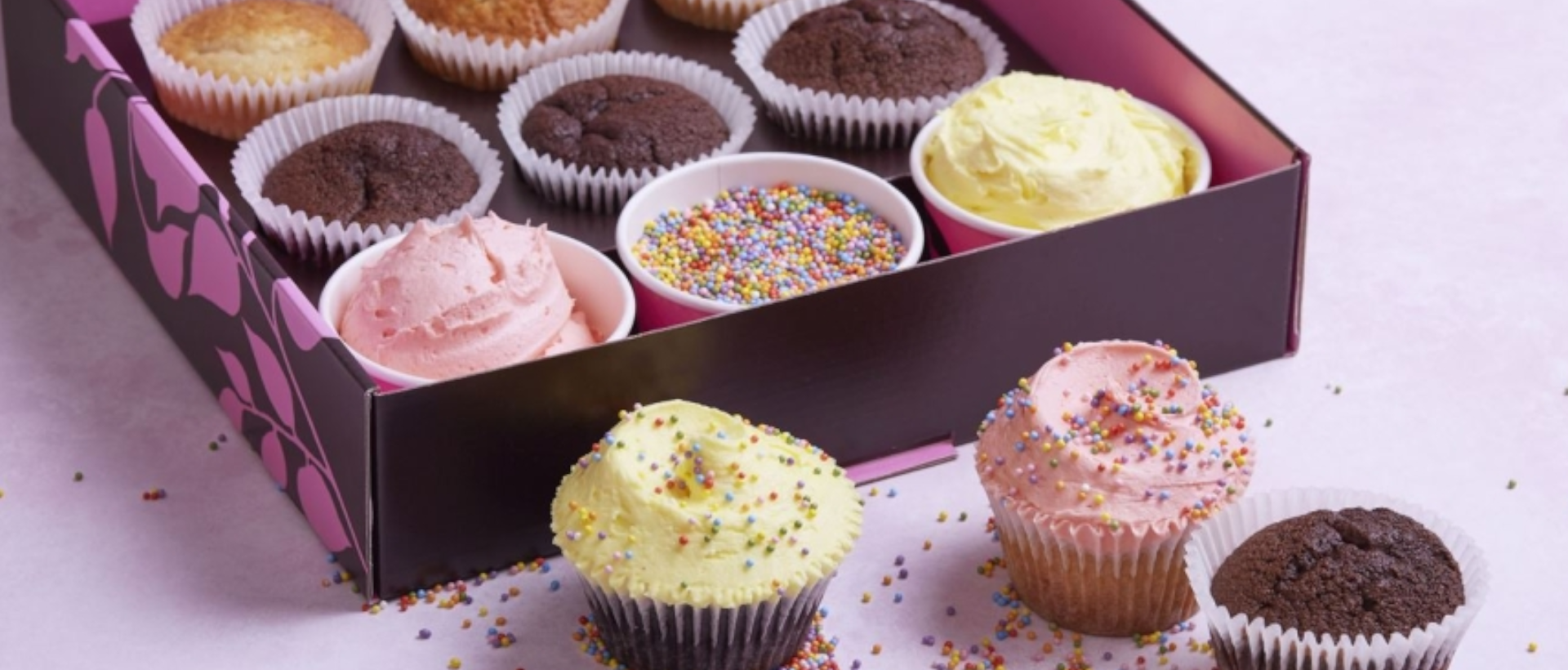Top twelve sponge cake problems and how to fix them

WE’VE GOT 99 PROBLEMS BUT A SPONGE AIN’T ONE! HERE'S HOW TO TROUBLESHOOT A TROUBLESOME SPONGE CAKE.
Dry
This could be due to the ingredients or the oven. Check you put the right amount of wet ingredients in, e.g. using large eggs (if asked for) rather than small and measuring liquids out properly.
Similarly, you don’t want to put too much of any dry ingredients in, as these absorb moisture. Use an oven thermometer to check your oven isn’t too hot, which could dry the sponge out.
Also, use a kitchen timer to check you aren’t leaving your cake in the oven too long.

Undercooked
If your cake came out raw in the middle and you let it bake for the time suggested in the recipe, it could be that your oven is too cool.
Use an oven thermometer to calibrate your oven correctly. Let an undercooked cake bake until a metal skewer can be removed from the centre cleanly.
Split mixture When your butter and sugar has been creamed for too long and looks like it is about to split (it will look curdled), it’s time to stop mixing and throw in the dry ingredients.

Sunken
If it is still raw in the centre, cook for a few more minutes until a metal skewer comes out cleanly.
An oven thermometer will help you check that the oven isn’t too cool. If the cake is cooked but sunken, it’s just one of those things, it could be an issue with raising agents. But don’t panic, frosting will cover a world of sponge sins!
Stuck to the tin If your cake is stuck, let it cool for half an hour or so. This will stop it from crumbling to pieces.
Run a knife around the edge of the tin to loosen it. Using a cooling rack or your hand to catch the sponge, flip the tin and hopefully the sponge should come free. We always use greaseproof paper cut to size to prevent sticking.
Cake mixture overflowing We recommend filling your tins no more than two-thirds full to leave rising room. If your tin is overflowing, there is too much mixture or the tin is too small for the recipe.
If you’re experimenting with different sized tins, a good rule of thumb is to only fill tins two-thirds full and to check with a metal skewer in the centre to see if it is baked through.

Too flat/didn’t rise
If your cake failed to rise, check you put the raising agents in it. Also, check your raising agents are in date as out-of-date ones won’t have the same oomph.
It could also be a symptom of it not being cooked enough, in which case, pop it back in the oven for a few more minutes. It could also be that the tin is too big so the sponge has spread too thinly.
Burnt
If your cake is burnt beyond saving, then you won’t want to eat it as it will taste terrible. If you can salvage it, we recommend using a small serrated knife to cut away any burnt edges and tops. Smother on frosting to save the day!
Cracked top
When your cake splits or cracks, this means it has risen too quickly. This could be that the oven temperature is too high, in which case, use an oven thermometer to check.
It could also be that there is too much of a particular raising agent in there. Frosting will cover up any cracks.

Crunchy/greasy edges
This usually happens when too much butter or fat has been smothered around the tin to stop the sponge from sticking before the mixture went in.
This has the effect of frying the sponge when it melts to oil in the heat and can make cakes overly crispy or greasy at the edges. This won’t make or break a cake, but go lightly next time you grease your tins.
Too heavy
If your sponge has come out too heavy or dense but cooked through, this could be due to under-mixing. Mixing is an important step in incorporating lots of air so that the sponge becomes light and fluffy.
It could also be due to the fact that there weren’t enough raising agents used. Creaming the butter and sugar is an important stage in the sponge making process and should be done until it is light and fluffy, for at least 5 minutes.
Tastes bad
A bitter taste could be due to too much raising agent in the mix. If your cake tastes too much of egg, we don’t recommend reducing the amount of eggs next time.
Some cakes, such as chiffon cakes, call for a lot of egg and this is just the recipe. It’s better to try and mask an overly eggy cake with a dash of edible flavouring, such as good quality vanilla extract.

